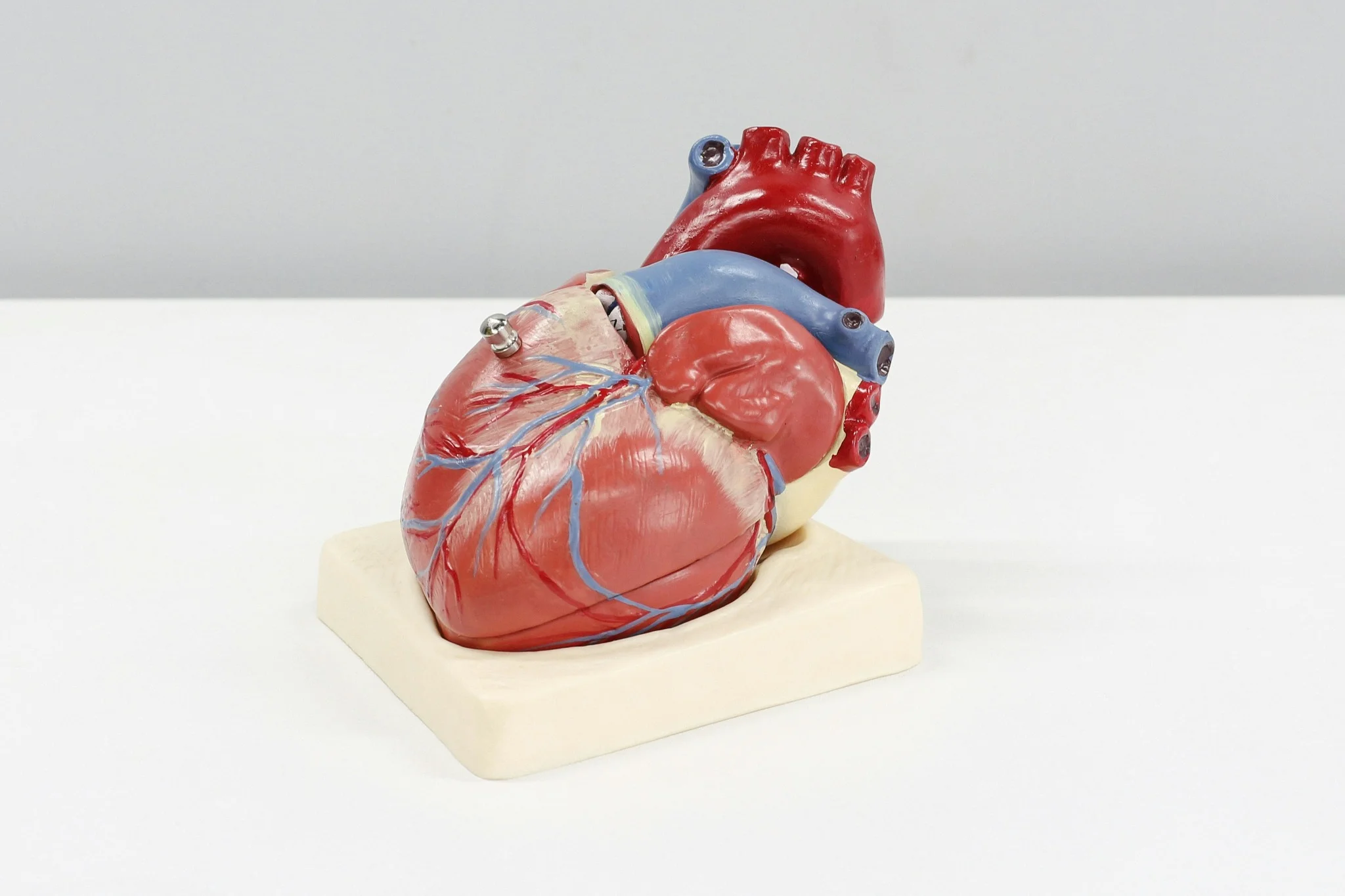Preventive Healthcare
Anthrax Disease (Bacillus Anthracis) Causes, Symptoms, Treatment & Prevention

Anthrax is transmitted to humans through animals via various methods. Anthrax is caused by Bacillus Anthracis, a gram-positive, rod-shaped bacterium that activates the uncommon but fatal infectious disease known as anthrax. It is a frequent and contagious illness in cattle and potentially dangerous to humans. Although the spores are present in soil naturally, anthrax only becomes active once it enters the body. Domestic animal diseases like anthrax affect goats, cattle, sheep, and horses. It can also harm wild animals such as hippos, elephants, and Cape buffalo. However, anthrax in humans is infrequent and primarily manifests in countries where industrial or agricultural interaction with sick animals or their products is not restricted.
Symptoms of Anthrax
Most anthrax patients show symptoms after one to six days of exposure. However, inhalation of anthrax can take longer, sometimes up to six weeks. There are four typical ways to get anthrax, each with unique symptoms. If left untreated, all forms of anthrax have the potential to spread throughout the body, resulting in severe sickness or even death.
Gastrointestinal Anthrax
Consuming the undercooked meat of an infected animal can cause gastrointestinal anthrax disease. From the neck to the colon, it may impact the digestive system. Anthrax in the gastrointestinal tract can be deadly or asymptomatic. The signs and symptoms of the illness include:
- Fever
- Nausea and vomiting
- Abdominal discomfort
- Flushing (red cheeks and eyes)
- Severe bloody diarrhea
- Throat discomfort and swallowing issues
There could be ascites. The result is septicemia and intestinal necrosis with possibly fatal toxicity. Approximately half of the patients die without proper treatment. However, 60% of patients will survive if they are treated on time.
Cutaneous Anthrax
Skin-related anthrax diseases (cutaneous) enter your body through your skin, typically through a cut or a sore. One to ten days following contact with the infective spores, a painless, itchy, red-brown papule appears on the skin. Following are some of the symptoms and indicators of this illness:
- A collection of tiny pimples or blisters that may itch
- After the little blisters or bumps, a painless skin sore (ulcer) with a black core emerges
- Swelling at the site of the sore
The sore is typically located on the face, neck, arms, or hands. It's the disease's most prevalent transmission and the mildest type of anthrax. However, when properly treated, cutaneous anthrax usually is not fatal.
Inhalation Anthrax
This type occurs when anthrax spores are inhaled. The signs and symptoms include:
- Respiration difficulty
- Nausea
- Bloody cough
- Sweats (often soaking)
- Extreme exhaustion
- Painful swallowing
- Meningitis
- Shock characterised by the breakdown of the circulation system
There is no conventional bronchopneumonia. However, anthrax in the gastrointestinal tract or hemorrhagic meningoencephalitis might occur. Even with medication, it is the most lethal type of illness and frequently results in death.
Injection Anthrax
Injection anthrax disease manifests through unauthorised drug injection. However, the only cases of anthrax infection from this most recent discovery have been recorded in Europe. The symptoms of injection anthrax are comparable to those of cutaneous anthrax, but injection anthrax can spread more quickly throughout the body and is more challenging to diagnose and treat. The symptoms and indicators include:
- Where the medicine was injected, a cluster of tiny, itchy blisters or bumps may develop
- After the blisters or spots, a painless skin sore with a dark core develops
- Shock
- Multiple organ failure
- Abscesses in the muscle where the medication was injected or deep under the skin
The results likely depend on their severity, although other illnesses' symptoms can also be mistaken for these. For example, drug users who take injections frequently have skin and site infections, which may not always indicate anthrax.
Causes of Anthrax
Anthrax can be detected in cattle or other hoofed animals around the world. However, the likelihood of catching it in animals is higher in the south and central America, south and east Europe, Asia, and Africa than in western Europe and the US. When spores enter the body, they activate anthrax in humans. The virus is transmitted when the bacteria B. anthracis enters the body by inhalation, ingestion, injection, or skin contact.
Three proteins make up anthrax. Each of these proteins usually functions on its own. Still, when combined, they can create a fatal mixture that disrupts cellular signaling pathways, prevents cells from working, disables the host's immune system, and ultimately results in death.
Cutaneous Anthrax infections are often contracted when you come in contact with infected animals, spore-contaminated animal products, or soil-borne spores. Injectable contaminated heroin is an uncommon cause of cutaneous infections in injection drug users. However, it is the most prevalent anthrax disease and is typically transmitted through contact with infected animal products like skin and hair. Usually not infectious, cutaneous anthrax can, in infrequent circumstances, be transferred from one person to another by germs or direct contact. For example, people who made traditional African drums out of diseased animal skin contracted anthrax.
Anthrax Treatment
Anthrax must be treated before the body's toxic and hazardous bacterial levels are too high for medications to remove. The use of antibiotics and antitoxin are just two of the anthrax treatment options available. Antibiotics depend on the infection's transmission mode, the patient's age, and medical history. Anthrax patients in severe conditions may require hospitalisation. In addition, they may need extensive care, such as ongoing fluid drainage and mechanical ventilation, to assist with breathing.
There is a vaccination against anthrax available for certain people. It may have adverse effects, from discomfort at the injection site to more severe allergic responses. Military personnel, scientists dealing with anthrax, and those in other high-risk occupations are the only ones who can use it.
Conclusion
You must contact a healthcare physician if you exhibit symptoms following exposure to animals or animal products from regions where anthrax is widespread. Anthrax in humans is uncommon; however, it is essential to avoid contact with cattle and animal skins as much as you can if you reside in or are traveling to a nation where anthrax is prevalent, and herd animals aren't consistently immunised. Even in industrialised countries, care must be taken when handling deceased animals and processing imported skins.
























